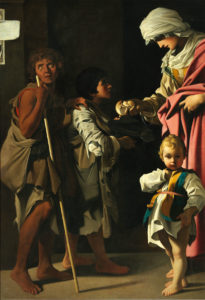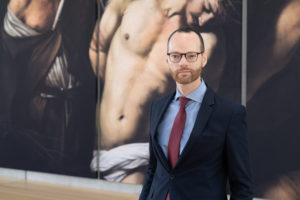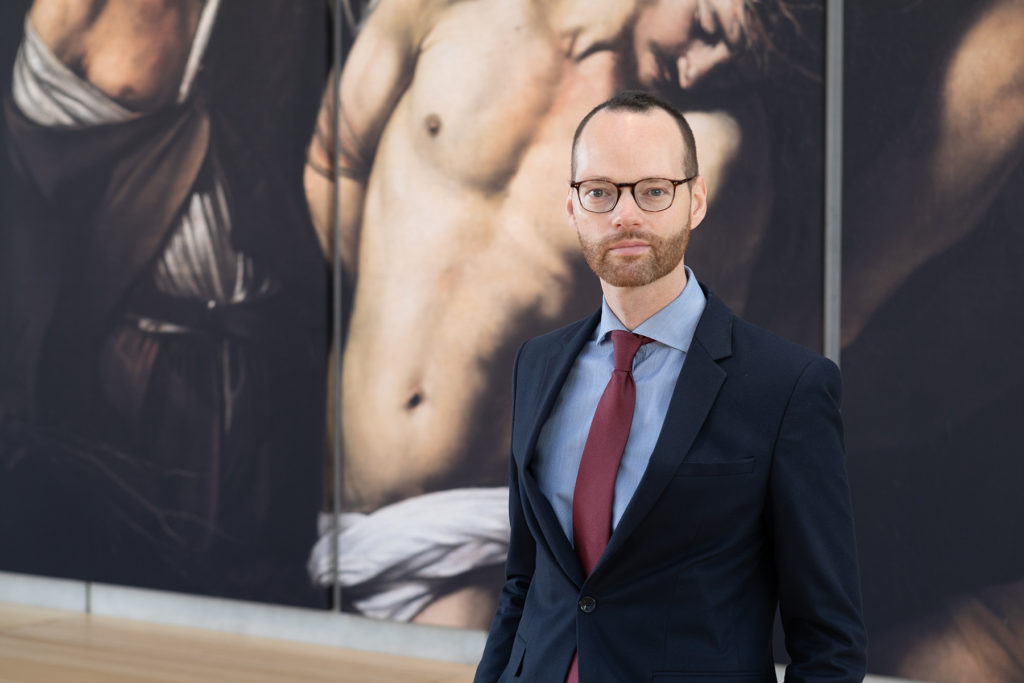Museums Delivered — The Story Behind Bartolomeo Schedoni’s Charity
A Rare Case Where the Work — Now at the Kimbell Art Museum — is Far More Famous Than the Artist
BY Billy Fong // 05.15.20Like many of you, we miss visiting our Dallas and Fort Wort Worth museums for inspiration, or just to lose ourselves in the canvases of Rothko or Rembrandt. Many institutions had opened exhibitions shortly before the order came for us to shelter-in-place. The world-renowned Kimbell Art Museum, for example, had unveiled “Flesh and Blood: Italian Masterpieces from the Capodimonte Museum” on March 1. On view in those now-dark galleries are nearly 40 works from artists including Raphael, El Greco, and Titian.
To stay engaged with their audiences who are now at home, the Kimbell now provides a rich assortment of online resources. (For other organizations with such content, search #MuseumFromHome on social media platforms. An abundance of educational tools are available for families with children who are now distance learning.)
Guillaume Kientz, the Kimbell’s curator of European art (who is sheltering-in-place in New York City), has produced some videos of highlights from the “Flesh and Blood” exhibition that we’re pleased to share exclusively with you here on PaperCityMag.com. Kientz joined the Fort Worth museum’s team in early 2019 after his tenure as the curator of Spanish, Portuguese, and Latin American art at the Musée du Louvre, Paris.
In this third video (his first highlighted Giovanni Lanfranco’s Assumption of Mary Magdalene), he gives a brief introduction to Bartolomeo Schedoni’s Charity. Hopefully soon the galleries will open once again at the Kimbell in Fort Worth, and you’ll have the chance to see this work and the many other masterpieces on view.
Bartolomeo Schedoni’s (Italian, 1578–1615) Charity, 1611, oil on canvas, Museo e Real Bosco di Capodimonte, Naple
It’s not entirely sure whether Schedoni trained under Annibale Carracci, but he shared with the latter a deep sense of realism — and a close connection to the Farnese family. This painting confronts us with a situation straight from the streets: A young woman offers bread to two children living in poverty. Schedoni painted the work when he was court painter to Duke Ranuccio I Farnese in Parma; its subject is likely related to Farnese efforts on behalf of the poor. The ruddy skin of the youth who is blind contrasts with the elegant blond child dressed in the Farnese family colors of blue and gold, who gazes out with unsettling directness.
Through exposure to Caravaggio’s works in Rome earlier in his career, Schedoni became an expert manipulator of light and dark. Light darts around the canvas like a firefly, revealing details that help us piece together the motives and relationships among the four figures, depicted with a striking combination of unflinching realism and formal stylization. Contemporary viewers would have recognized the distribution of bread as an allusion to the Christian sacrament of the Eucharist.
















_md.jpeg)











